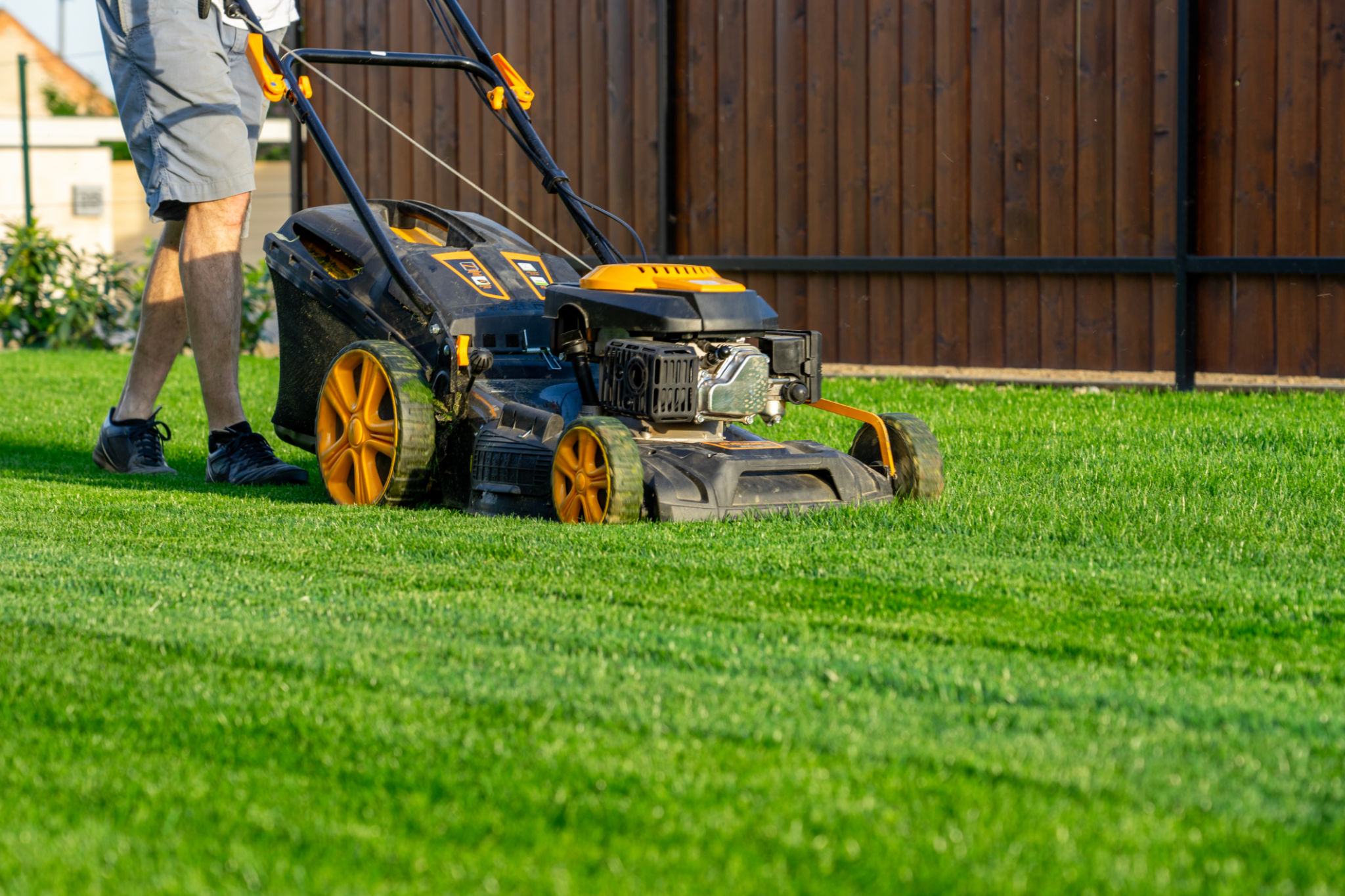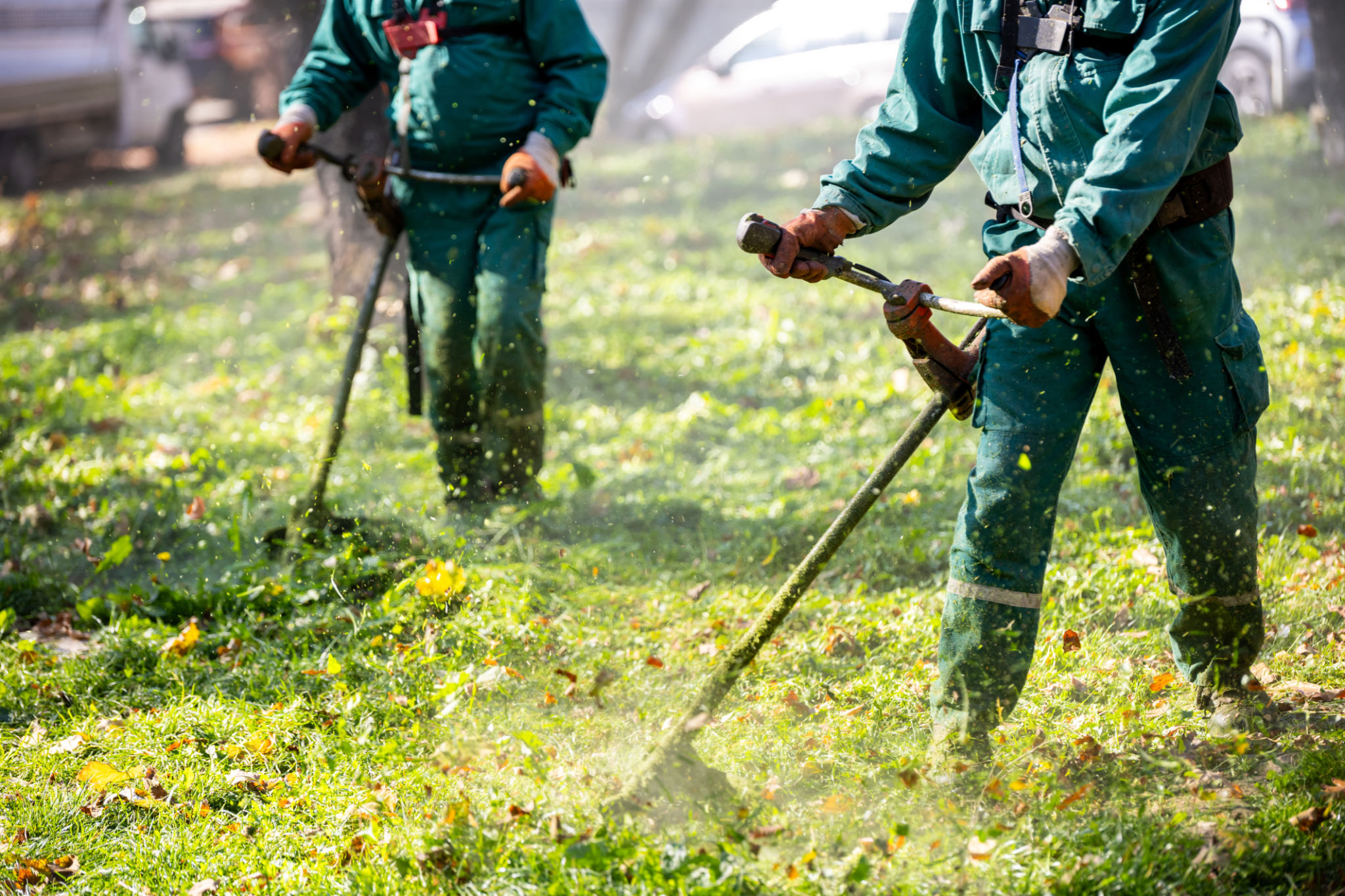The Ultimate Guide to Lawn Mowing Frequency: Avoid Common Mistakes
Understanding Lawn Mowing Frequency
Maintaining a healthy and attractive lawn requires more than just cutting the grass whenever you feel like it. The frequency of lawn mowing is crucial for the overall health of your lawn. Knowing when and how often to mow can prevent common mistakes that might harm your grass.

Why Mowing Frequency Matters
Regular mowing helps maintain the ideal grass height, which is vital for photosynthesis. Cutting the grass too short or waiting too long between mowing sessions can lead to stress on the grass, making it more susceptible to diseases and pests. It's essential to find a balance that promotes a lush and thriving lawn.
The One-Third Rule
A general rule of thumb for mowing frequency is the "one-third rule." This guideline suggests that you should never remove more than one-third of the grass blade in a single mowing session. This approach helps maintain the grass's health and allows for better recovery and growth.

Determining the Right Mowing Schedule
The ideal mowing schedule varies depending on several factors, including the type of grass, climate, and season. For instance, cool-season grasses like Kentucky bluegrass thrive in spring and fall, requiring more frequent mowing during these periods. In contrast, warm-season grasses such as Bermuda grass grow vigorously in the summer.
Seasonal Considerations
During the growing season, which typically spans from spring to early fall, your lawn may need mowing every week or even more frequently. In contrast, during the dormant season, you can reduce the frequency significantly. Adjusting your mowing routine according to the season ensures that your lawn gets what it needs at the right time.

Avoiding Common Mowing Mistakes
To keep your lawn healthy, it's crucial to avoid some common mowing mistakes. One such mistake is using dull mower blades, which can tear rather than cut the grass, leading to lawn stress. Regularly sharpening your mower blades can make a significant difference in lawn health.
Grass Clipping Management
Another common error is improper handling of grass clippings. Instead of bagging clippings, consider leaving them on the lawn to decompose and provide valuable nutrients back into the soil. This practice, known as "grasscycling," can enhance your lawn's health without extra effort.
Conclusion: Tailoring Your Mowing Routine
Ultimately, tailoring your mowing routine based on your lawn's specific needs will lead to a healthier and more beautiful yard. By understanding the importance of mowing frequency and avoiding common pitfalls, you can enjoy a lush and vibrant lawn all year round.